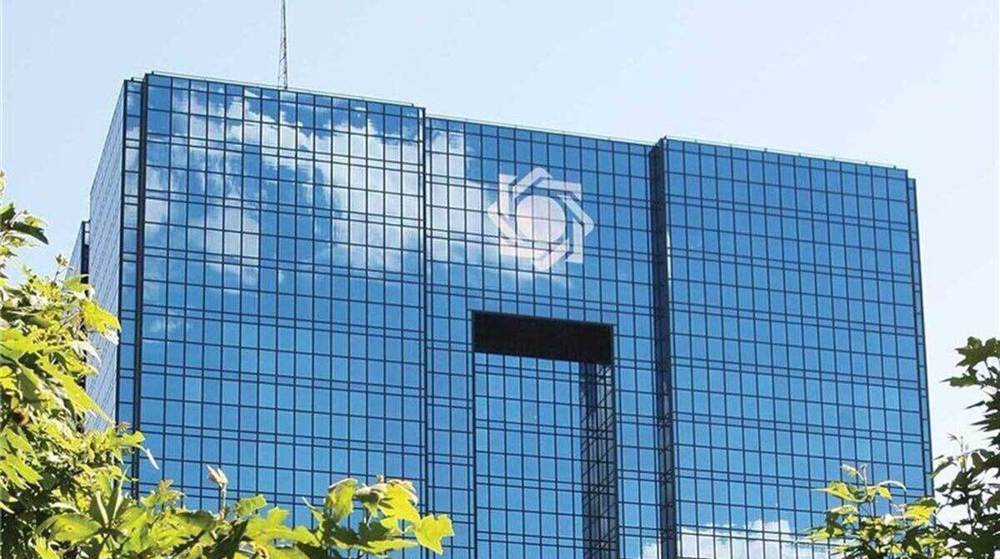Iran’s agriculture output rose 19% in year to March: Minister
Iran has made a major breakthrough by increasing its agriculture output by nearly a fifth in a year, says the country’s agriculture minister, amid growing efforts to cut back on imports of basic goods and to increase the added value in the Iranian agriculture sector.
Mohammad Ali Nikbakht said on Sunday that Iran’s agriculture output had increased by just over 19% in the calendar year to March 20 to reach a total of 131 million metric tons (mt).
Nikbakht said Iran’s wheat purchases from domestic farmers had reached 10.3 million mt in the past calendar year, up from nearly 4 million mt in the year to March 2023, adding that the major increase in domestic wheat supplies had allowed the government to cut annual imports from 7 million mt to 1.8 million mt over the same period.
The minister said wheat imports into Iran will further fall this calendar year with increased domestic supplies, adding that domestic wheat purchases would definitely exceed 11.5 million mt this year.
Nikbakht said Iran’s exports of agrifood had also increased to reach more than $1 billion in the past calendar year, adding that the added value in the agriculture sector had reached 0.6% in the June quarter, up from minus 4.6% in the similar quarter in 2023.
He said Iran had turned into a net exporter of certain farming products, including poultry, adding that the country had exported 8,000 mt of chicken and 50,000 mt of eggs in the seven months to late July.
Facing US sanctions that restrict its access to foreign trade, Iran has introduced policies to encourage increased activity in its manufacturing and agriculture sectors in recent years.
Experts say the measures have clearly paid off as Iran has been able to generate more hard currency from exports while boosting employment rates for its youth population.
Leader: Iran has no proxy forces in West Asia
US fighter aircraft shot down ‘in friendly fire’ amid aggression on Yemen
Yemeni FM: Israel’s sponsors accountable for ongoing aggression on Sana’a
Eight Palestinians killed as Israel attacks Gaza school, hospitals
VIDEO | Rome, Milan host new protests in solidarity with Palestinians
Dec. 21: ‘Axis of Resistance’ operations against Israeli occupation
Spain jurists demand ties with Israel ties be cut
VIDEO | Press TV's news headlines










 This makes it easy to access the Press TV website
This makes it easy to access the Press TV website